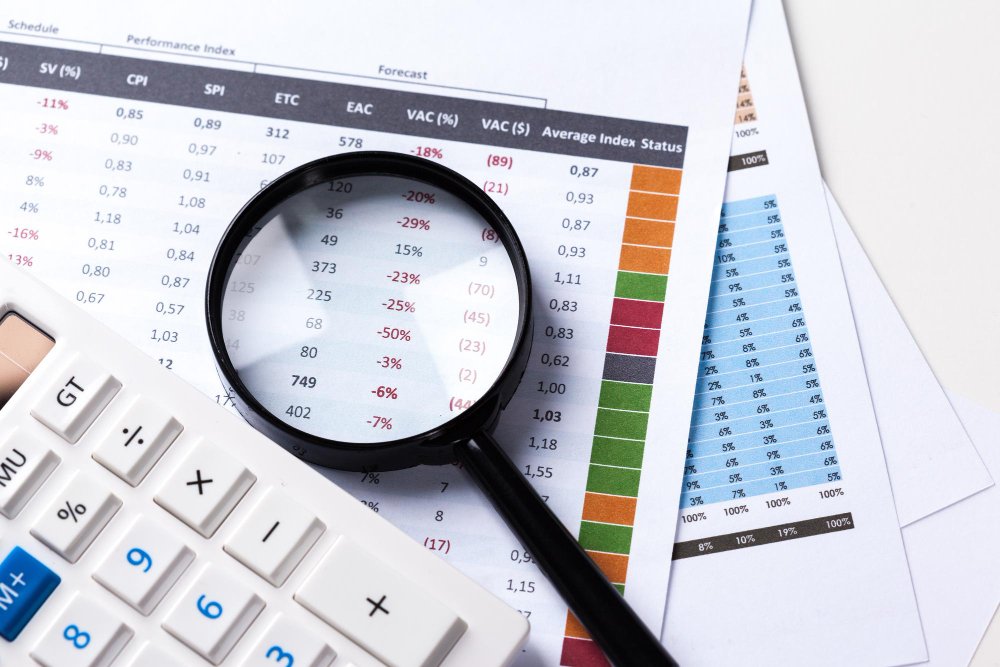In the world of commercial lending and credit evaluation, few tools are as fundamental as the balance sheet. Balance sheet analysis for bankers plays a crucial role, especially for those handling business loans, as it goes beyond routine review. It becomes a vital process in identifying financial risks, assessing creditworthiness, and ultimately preventing loan defaults.
As the banking sector increasingly turns to data-driven insights, the role of balance sheet analysis has evolved from a manual review to a sophisticated process supported by technology. Let’s explore how effective balance sheet analysis for bankers can help reduce loan defaults and strengthen the decision-making process.
The Critical Role of Balance Sheets in Lending
A balance sheet offers a snapshot of a company’s financial position at a specific point in time. It details assets, liabilities, and equity, helping bankers assess how well a business is managing its resources. For lenders, this statement acts as the foundation for evaluating the creditworthiness of a borrower.
Assets reveal what the business owns—ranging from cash and inventory to equipment and property. Liabilities, on the other hand, highlight obligations such as debts, accounts payable, and other forms of credit. The difference between these two components—shareholder equity—gives a sense of the company’s financial stability.
The importance of these details lies in their ability to forecast how well a business can repay its debts. A well-structured balance sheet often points to a financially responsible borrower, while imbalance or weak ratios may raise red flags.
Identifying Red Flags Before They Become Defaults
One of the core benefits of thorough balance sheet analysis is the early identification of potential credit risks. When bankers rely on in-depth data rather than surface-level figures, they gain a much clearer understanding of a borrower’s fiscal health.
A high debt-to-equity ratio, for instance, might indicate that a business is relying too heavily on borrowed funds. Excessive short-term liabilities relative to liquid assets can suggest cash flow problems, which could eventually lead to missed loan payments. These early indicators allow lenders to take precautionary steps—such as adjusting loan terms, requesting additional collateral, or declining the loan altogether—before defaults occur.
Moreover, by reviewing trends in financial statements across multiple periods, bankers can track whether a borrower is improving or deteriorating financially. Declining equity, rising liabilities, or shrinking asset bases are all warning signs that, if caught early, can help prevent losses.
Automating and Enhancing the Analysis Process
Manual balance sheet reviews are often time-consuming and prone to oversight, especially when dealing with large volumes of applications. Today, advanced platforms have emerged that streamline this process. These tools extract and interpret financial data using intelligent algorithms, making it easier for bankers to access actionable insights in seconds.
Such platforms can analyze uploaded balance sheets, highlight anomalies, calculate key ratios, and even generate risk scores based on historical lending outcomes. For bankers, this translates to faster processing times, reduced human error, and more consistent credit evaluations.
Incorporating automation into balance sheet analysis also supports compliance and audit readiness, as every decision is backed by traceable, data-driven evidence. Ultimately, this not only improves operational efficiency but also strengthens the bank’s overall risk management framework.
Balancing Risk and Opportunity
For lenders, risk is an inherent part of doing business. However, not every risky borrower is a bad one. Some businesses may appear unbalanced on paper due to rapid growth or recent investments, which might temporarily affect their financials. In such cases, balance sheet analysis can offer deeper insight that enables bankers to make more nuanced decisions.
For example, if a business shows a high level of current liabilities but also possesses a strong inventory turnover and accounts receivable performance, this might indicate short-term pressure rather than long-term risk. By understanding the context and comparing with industry benchmarks, bankers can avoid rejecting potentially profitable relationships.
Balance sheet analysis, when combined with other financial documents like income statements and cash flow statements, provides a 360-degree view of a borrower’s fiscal behavior. This holistic approach reduces the chances of loan defaults stemming from misunderstood or misjudged financial positions.
Conclusion
In the world of lending, the balance sheet is far more than a static document—it’s a window into a borrower’s financial integrity. For bankers, mastering balance sheet analysis is essential to making informed decisions, minimizing risk, and reducing loan defaults.
By leveraging intelligent tools that interpret and analyze balance sheet data with precision, financial institutions can streamline their credit evaluation process while gaining deeper insights into borrower behavior. These innovations not only protect banks from unnecessary risk but also empower them to build stronger, more resilient lending relationships.
With the right approach and the right technology, balance sheet analysis becomes a powerful shield against defaults—turning financial uncertainty into strategic opportunity.


